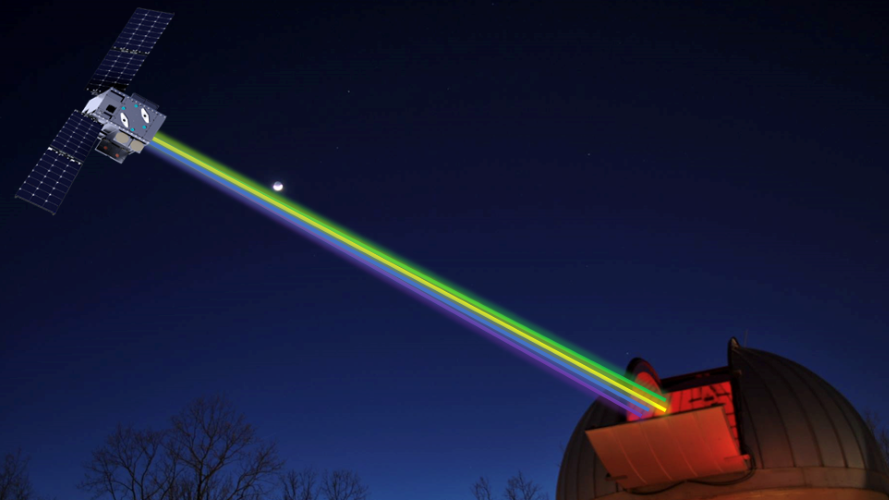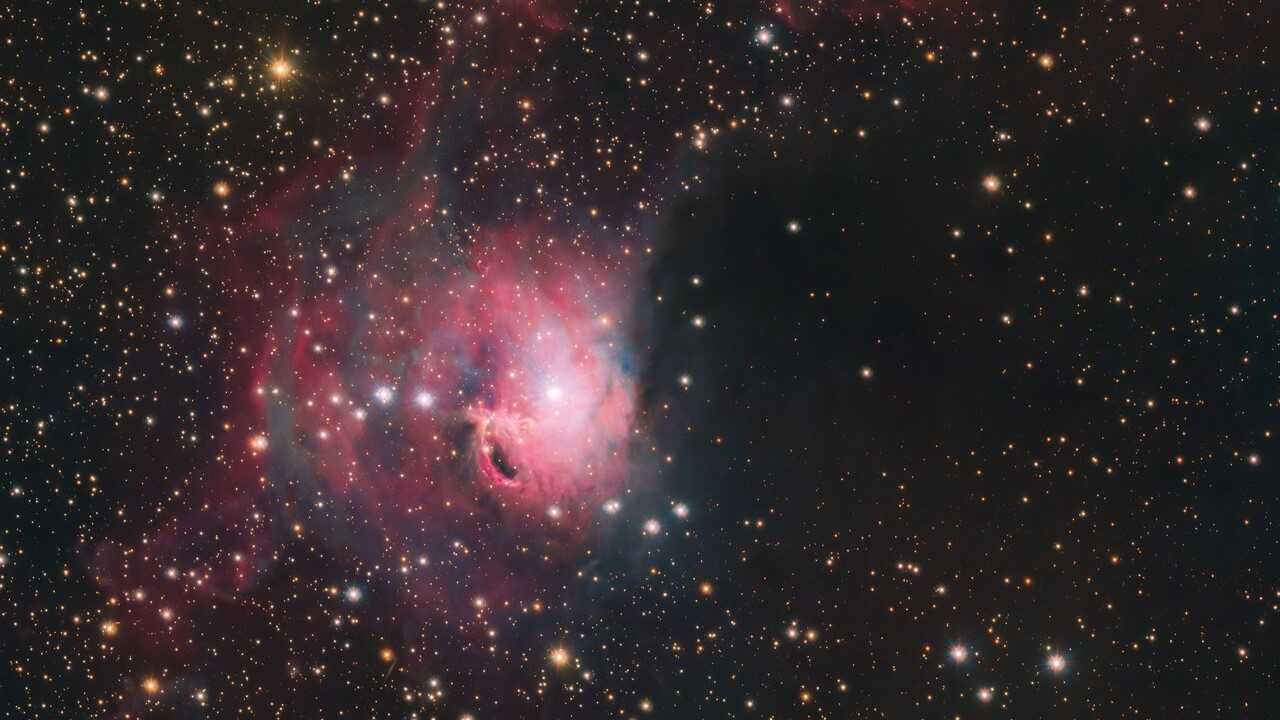Stars
Latest about Stars
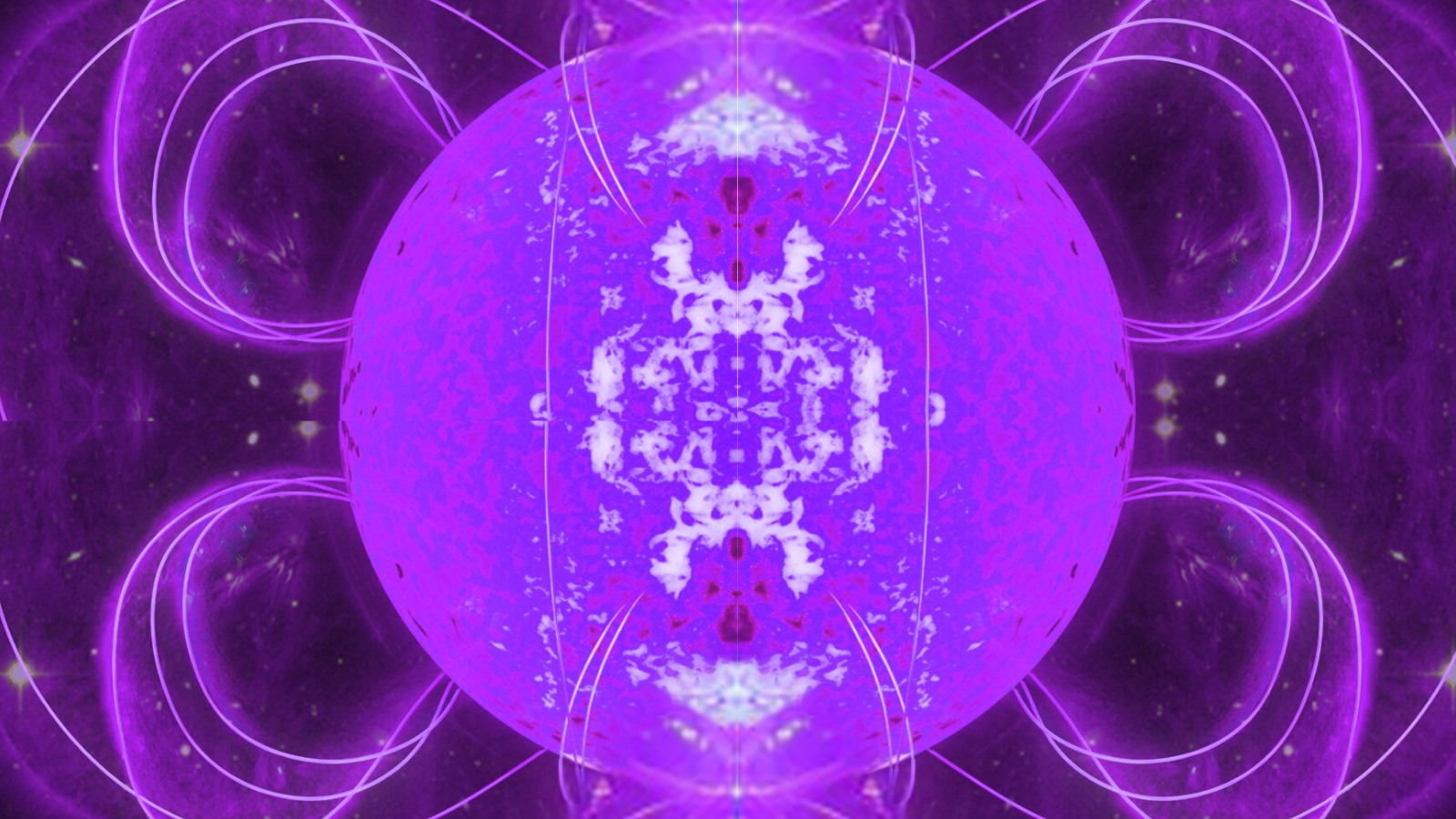
Mystery of dead stars' glitching 'heartbeats' could have a twisted solution
By Robert Lea published
The 'heartbeats' of rapidly spinning neutron stars are usually highly regular, but occasionally, the spin of these dead star pulsars 'glitches.' Now, a 'twisted' model could explain this mystery.
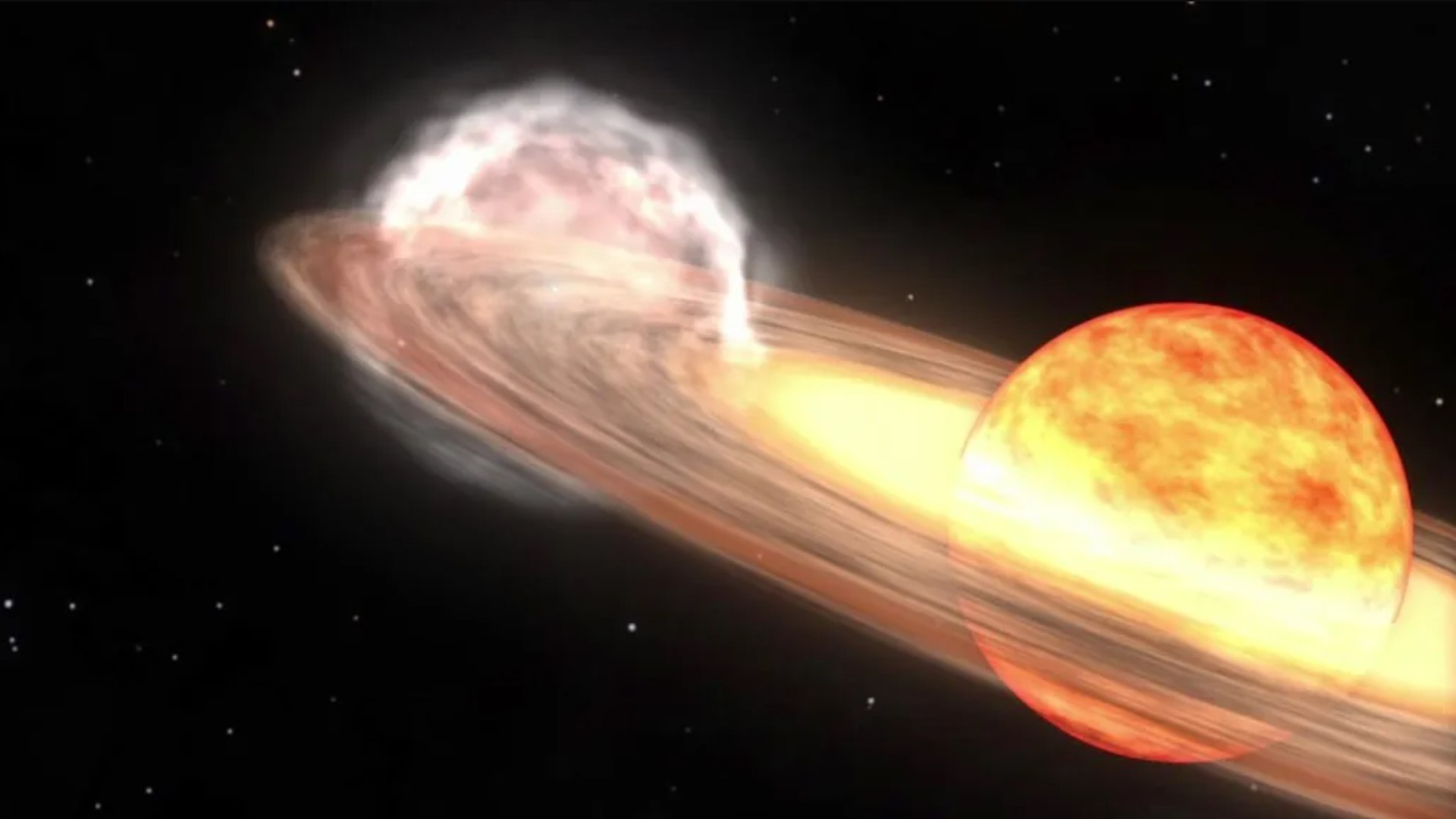
Once-in-a-lifetime star explosion, visible from Earth, could happen any day now
By Stefanie Waldek published
Binary star system T Coronae Borealis (T CrB) is about to go nova any day now. The recurrent nova explodes approximately every 79 or 80 years.
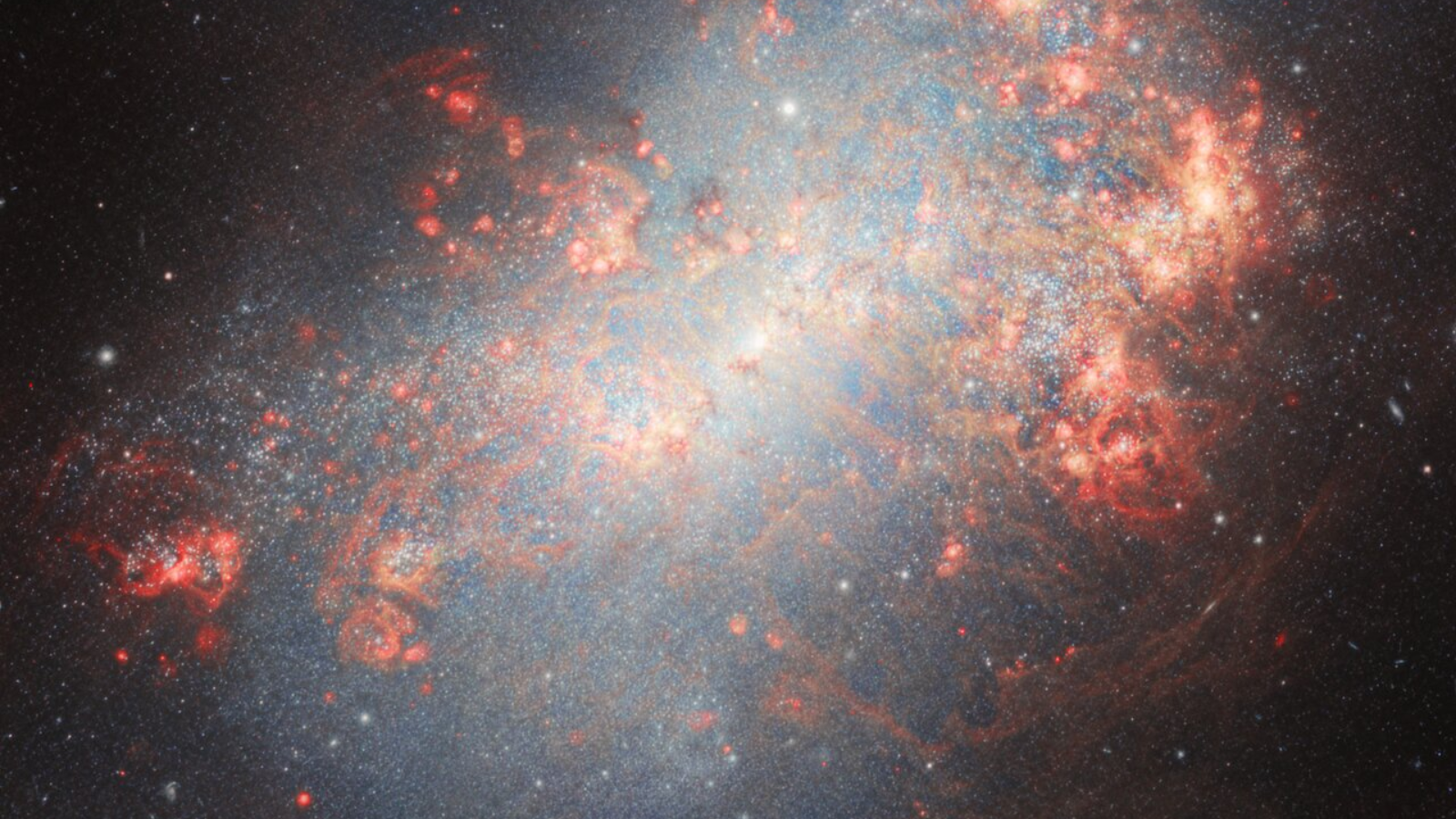
See a starburst galaxy, ablaze with explosive star birth, devouring dwarf galaxies (video)
By Robert Lea published
To celebrate its 25th anniversary, the Gemini North telescope team has released a stunning image of starburst galaxy NGC 4449, which is ablaze with intense star birth as it devours smaller galaxies.
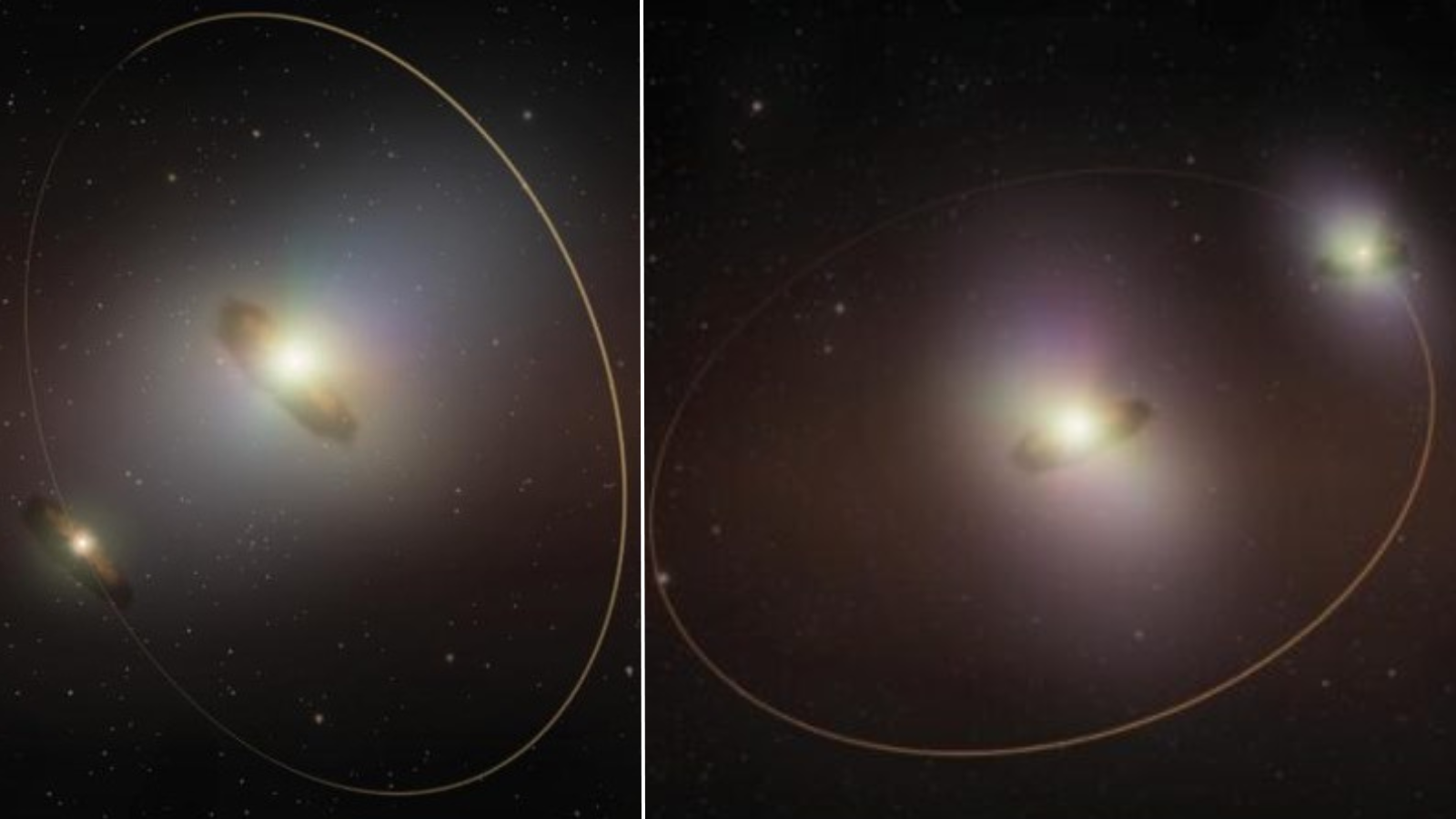
Massive radio telescope array investigates the birth of planets around twin stars
By Robert Lea published
Using the ALMA radio telescope array, astronomers have investigated the disks of gas and dust around young binary stars to better understand how these systems procure planets.
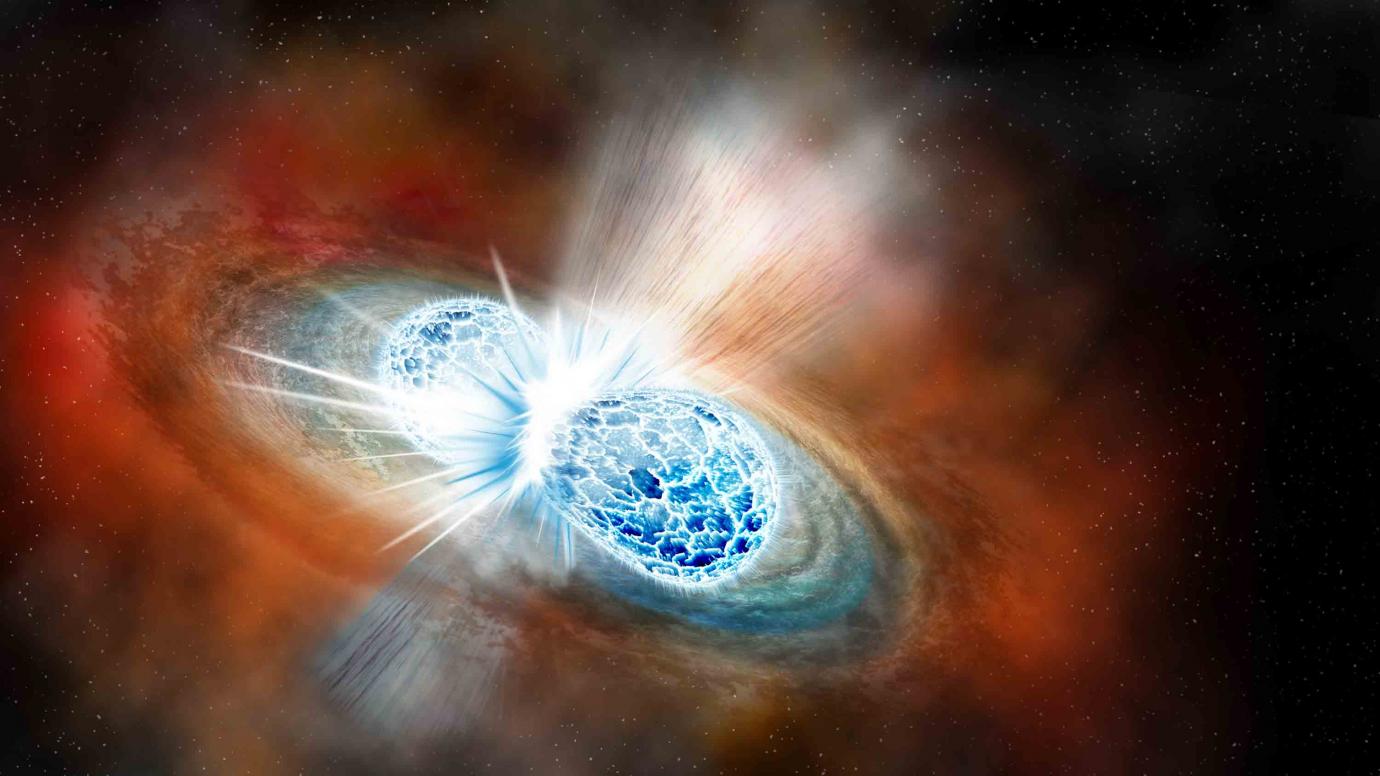
Neutron star collisions could briefly trap a bunch of cosmic ghosts
By Robert Lea published
Neutron stars smashing together may create and trap ghost particles called neutrinos, and this discovery could help us better understand how elements like gold are forged.
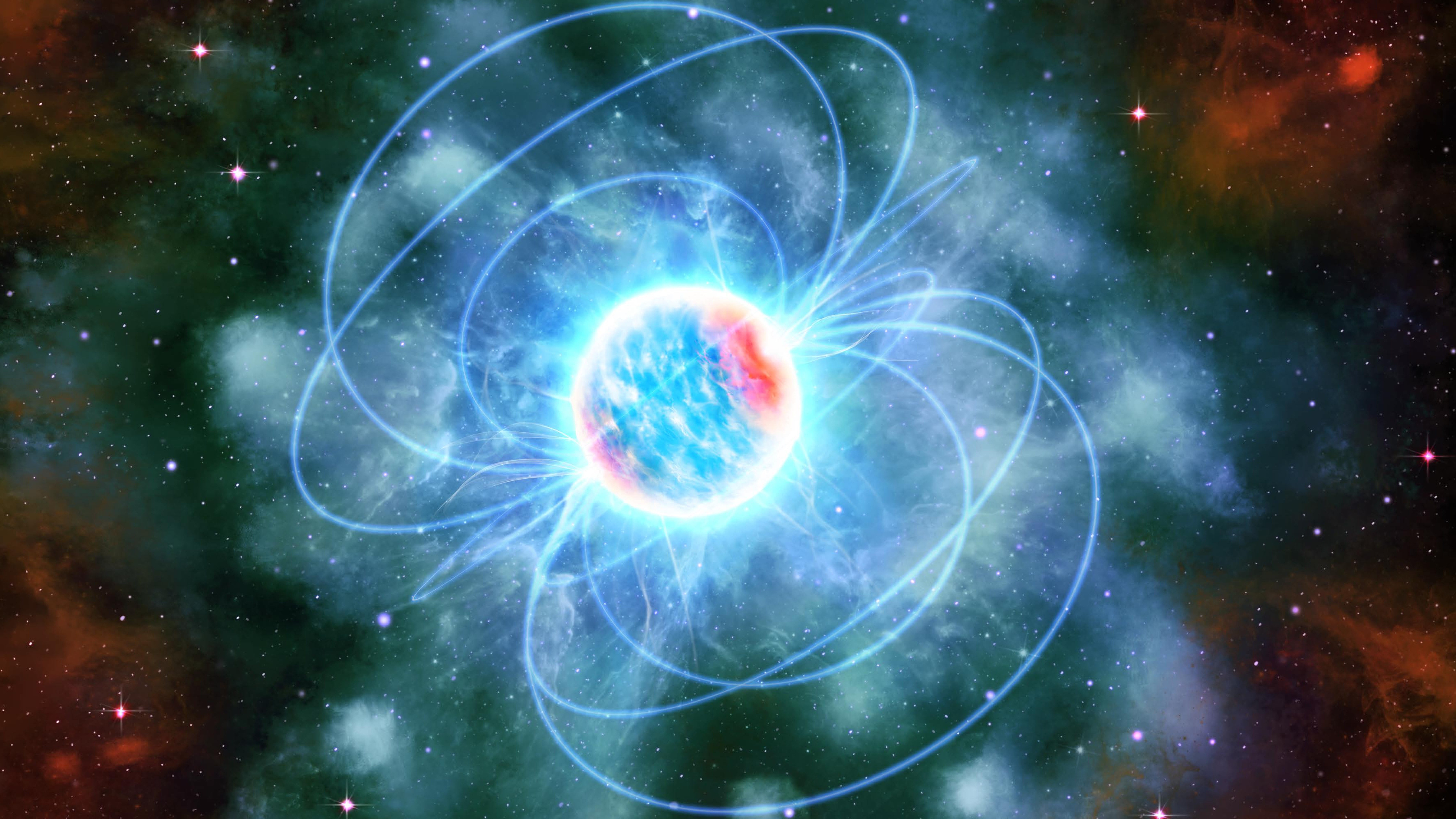
How neutron stars 'playing it cool' could unlock exotic physics
By Keith Cooper published
Neutron stars with surface temperatures millions of degrees cooler than expected rule out a swathe of possible models to describe the physics of such objects.
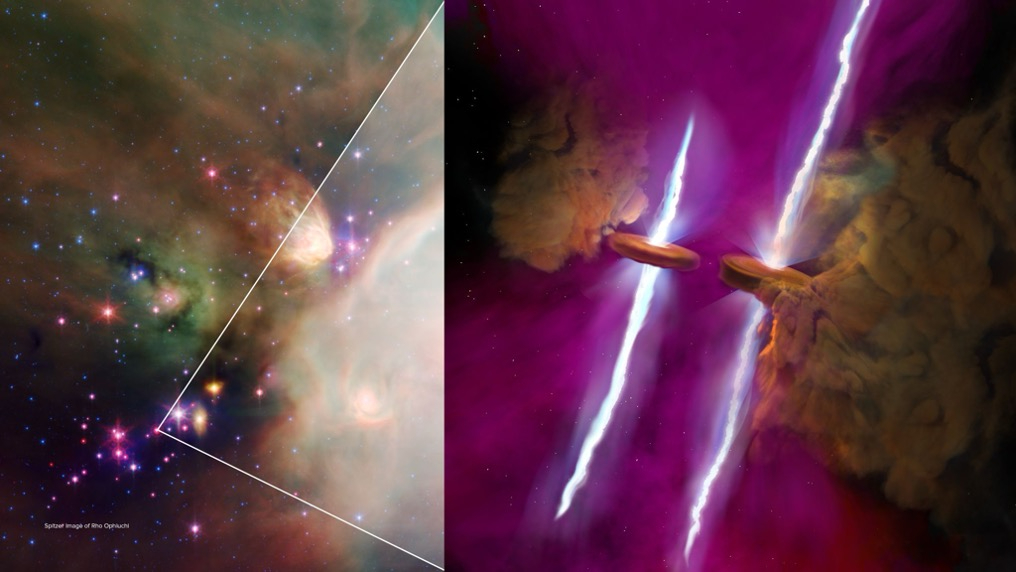
This long-studied star is actually a stellar duo: 'We were absolutely stunned'
By Sharmila Kuthunur published
A young star that astronomers have studied for decades has been found to be part of a duo, encircled by a disk of material within which planets may have just begun coalescing.
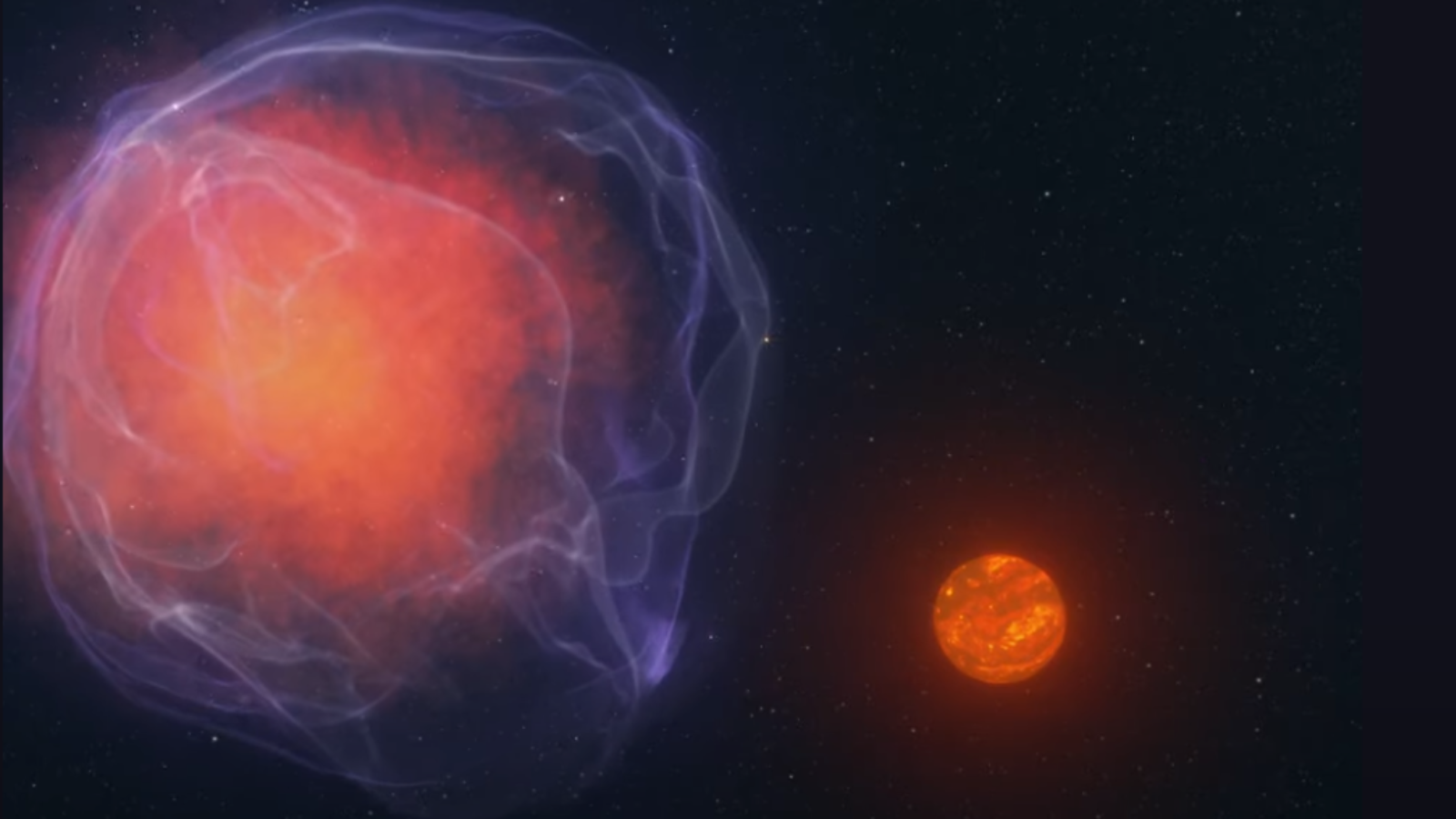
Something 'kicked' this hypervelocity star racing through the Milky Way at 1.3 million miles per hour (video)
By Robert Lea published
A low-mass star races through the Milky Way at over a million miles per hour, a journey that began with either the supernova explosion of a vampire star or an encounter with black holes.
Get the Space.com Newsletter
Breaking space news, the latest updates on rocket launches, skywatching events and more!
